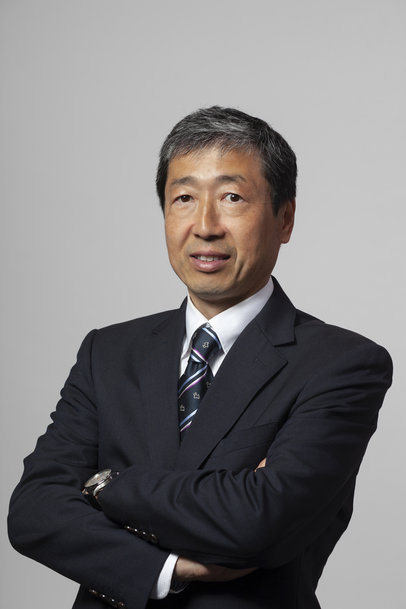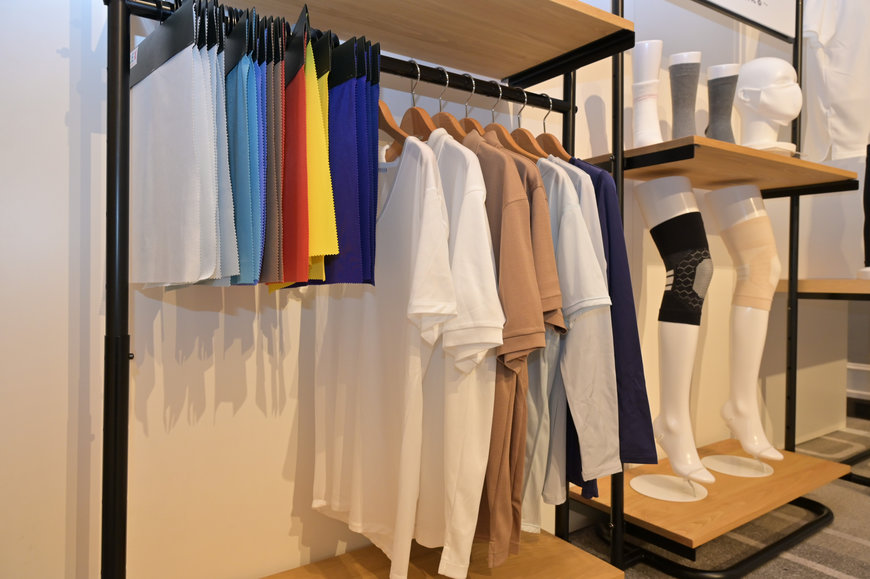electronics-journal.com
01
'22
Written on Modified on
A Spotlight on Murata Europe
Toshio Nakamoto joined Murata more than 25 years ago in international sales and marketing and quickly progressed through the company, taking on senior roles across the world to help its global expansion.He spent over nine years in the US as General Manager North America, opening Murata’s new office on the West Coast.

He then moved to Europe to look after the company’s European business, first as Vice President and from July 2020 as President. Here we talk to Mr Nakamoto about how Murata navigated the challenges of the past year, the role of company culture in inspiring innovation, and his vision for the future.
You’ve been President of Murata Europe for over a year now, having taken over during the global lockdown. What particular challenges did the pandemic present to the company?
I think the lack of knowledge gained from experience was a big challenge for everyone across different industries. No one could say what would be the best way forward because we hadn’t gone through it before and so we had to find our way through trial and error. What proved our greatest strength during this time was teamwork. We operate cross-functional teams, which means that we don’t rely on any one person to do a job. At the same time, this was also one of the biggest challenges, as creativity and sharing ideas is so vital. Sometimes the best ideas come from ad hoc discussions with colleagues at the coffee machine or when you pass someone in the corridor but the pandemic limited this freedom and these moments are hard to replicate virtually.
Which markets are driving innovation at Murata at the moment?
Our products are everywhere, but two of the most significant focus areas are communications and mobility. The potential of 5G is exponential; it will change the world with high speed and low latency. It can transform all areas of life, from healthcare to our cities, homes and offices. Advanced mobility, through autonomous and connected vehicles, will also be a new reality. It’s exciting that our innovations continue to contribute to both areas.
The pandemic has been dominating agendas for the past year. Has it spurred new product innovation at Murata?
It has certainly highlighted the need for innovations in some new areas. Last year, it quickly became apparent that facemasks are essential in protecting people from the virus. However, the protection they offer could vary dramatically. To address this, we joined forces with our partner Teijin Frontier to create a new type of fabric that would provide better protection and be more sustainable. PIECLEX is the world’s first piezoelectric, antimicrobial and carbon-neutral fabric. Its inbuilt capabilities actively eliminate bacteria and microbes from the surface, making it ideal for applications like masks where hygiene is paramount. The material also reduces the environmental impact of disposable masks as it is made of plant-derived polylactic (PLA), which is eco-friendly to manufacture and completely biodegradable.

Clothing and facemasks made from PIECLEX, the world’s first piezoelectric, antimicrobial and carbon-neutral fabric.
Our ozoniser and ioniser products have also found new applications during the pandemic. They were recently used in a study to research how ozone gas can reduce the infectious value of the coronavirus. Ozone can inactivate many viruses through its oxidising properties, making it ideal for eliminating viruses from high-risk areas. When strategically installed in public spaces, such as hospitals, restaurants, and shopping centres, the ozoniser units could produce low levels of ozone to combat the airborne virus, reducing the risk to people. Technologies such as this can play a key role in controlling the virus in the future.
What do you see as the biggest opportunities and risks for the electronics industry in the future?
Many of the risks and opportunities are interlinked. The electronics industry is going through a revolution, especially in mobility, 5G, and maybe even 6G in another ten years. We are seeing a once-a-century kind of change. There is enormous potential in many areas, for example, healthcare, when it comes to providing care to people in remote locations. At the moment, we have to go to a hospital to receive treatment, but by enabling bio-sensitive data to be transmitted between locations, we could provide more services at home. These disruptive technologies are exciting, but there are also risks if they suddenly change the game. It’s difficult to predict what is going to happen five years from now. Just ten years ago, nobody believed what kind of a game changer the smart phone would be, yet even children have them now.
What is the goal for Murata going forward?
We want to be the leading innovator in electronics, contributing our technology to the advancement of society. That is our ultimate goal.
When I became President, I outlined my vision of the kind of company we want to be. Three values are fundamental for us: a challenging spirit, the will to act autonomously, and a customer-centric approach. You have to keep asking questions without fear of failure to keep innovating. You also need to feel empowered to make decisions at all levels, to think for yourself. And we have to be customer-centric because our customers are at the heart of all our innovations.
As the challenges of a skills shortage and ageing workforce pose concerns for the engineering industry, what do you think the electronics sector needs to do to attract and retain talent?
Investing in people is crucial. Pay is important too, but it’s not everything. People have to know that they work for a company where they can grow. I think that’s where you find real job satisfaction when you experience that growth. Company culture can also play a role in creating an environment where innovation is encouraged, and everyone feels comfortable sharing ideas and challenging each other. That’s what I would like to provide for everyone at Murata.
What do you enjoy doing in your free time?
I play golf and have been fortunate in that I’ve been able to enjoy it even during the pandemic with the appropriate preventive measures. I have noticed that golf has become incredibly popular in the past year; there are often so many newcomers that it’s hard to find a spot! That’s my new challenge. I also learned to cook for myself during the pandemic. However, now that the restaurants are open, I have to admit that I’m taking advantage of those again.
www.murata.com

